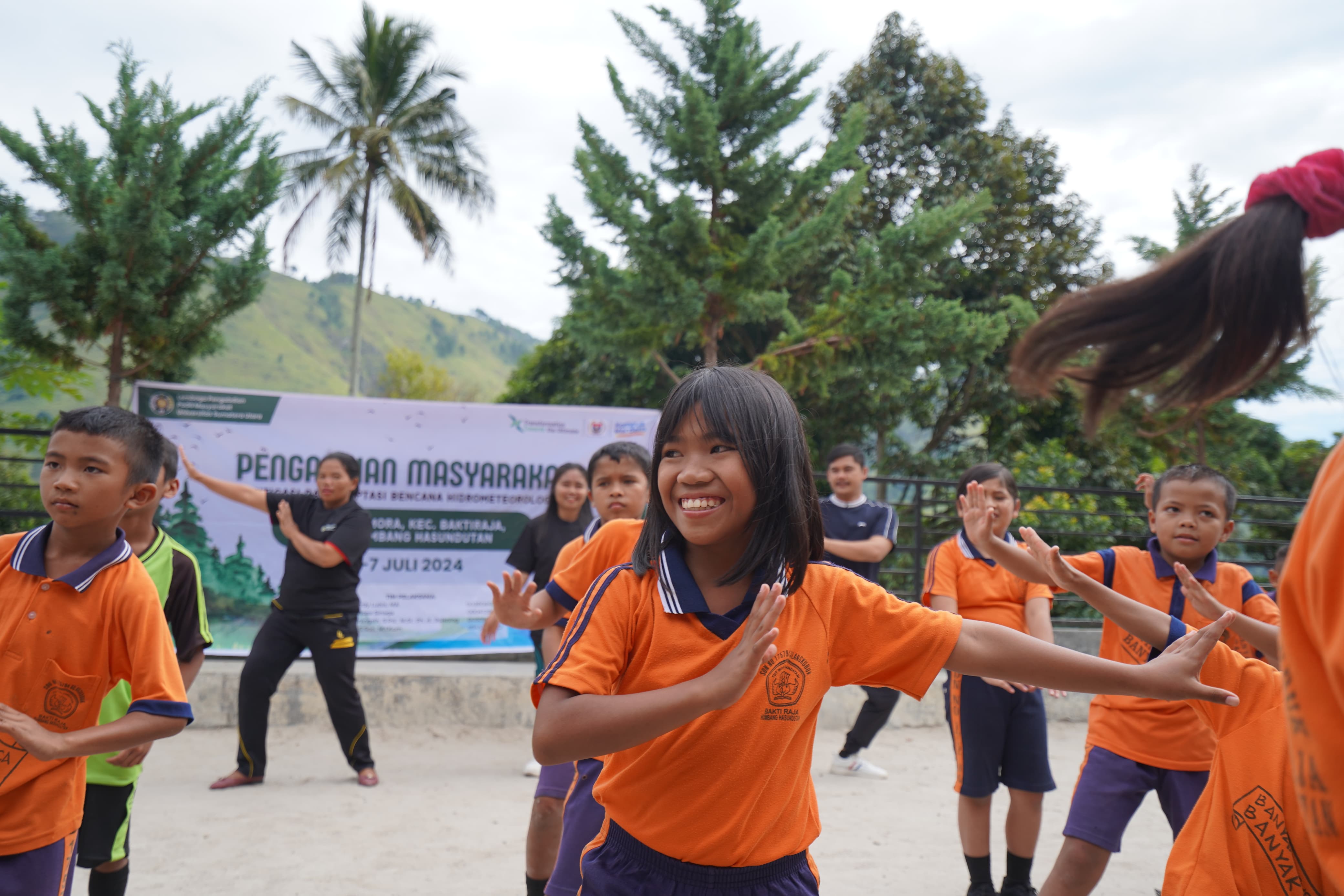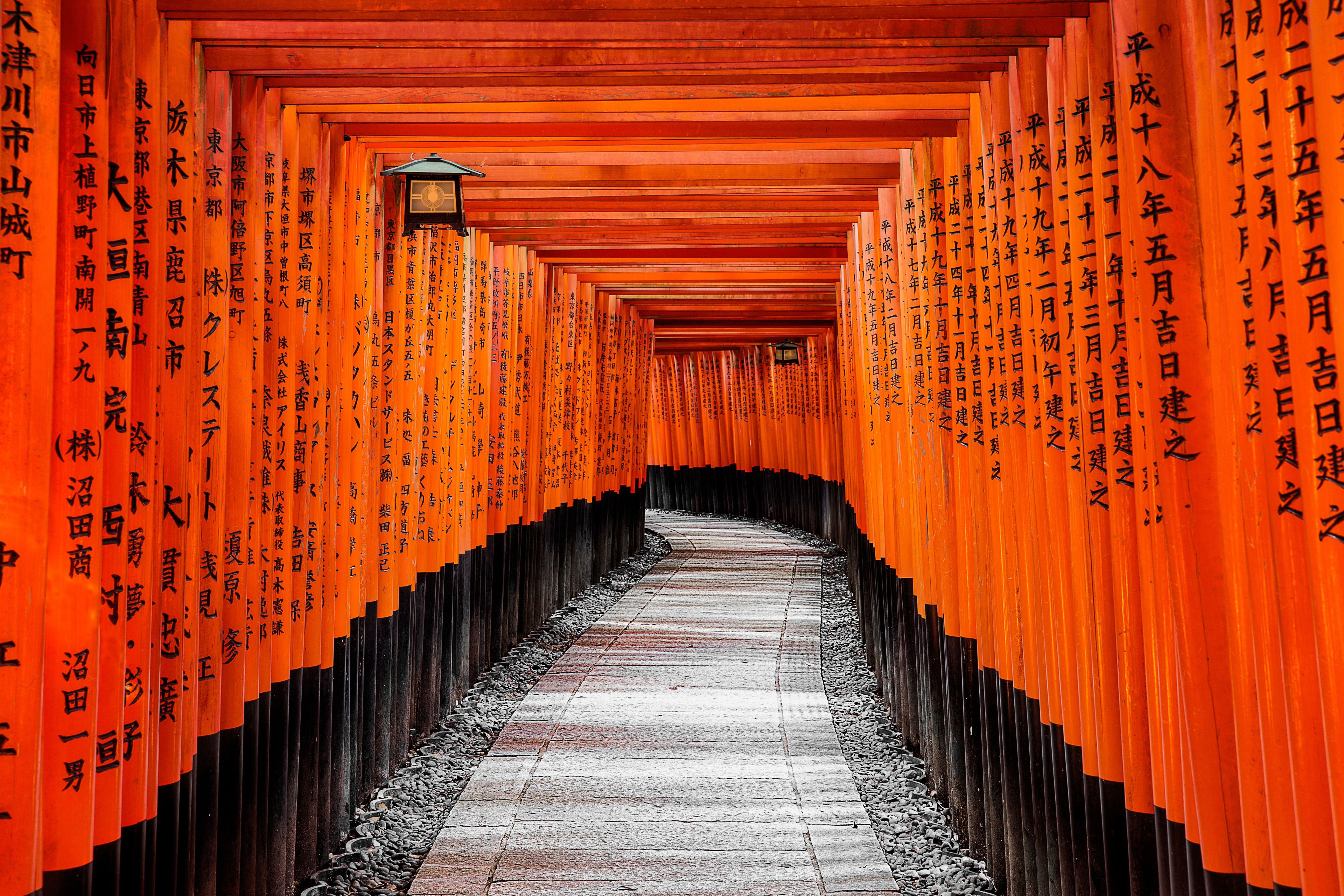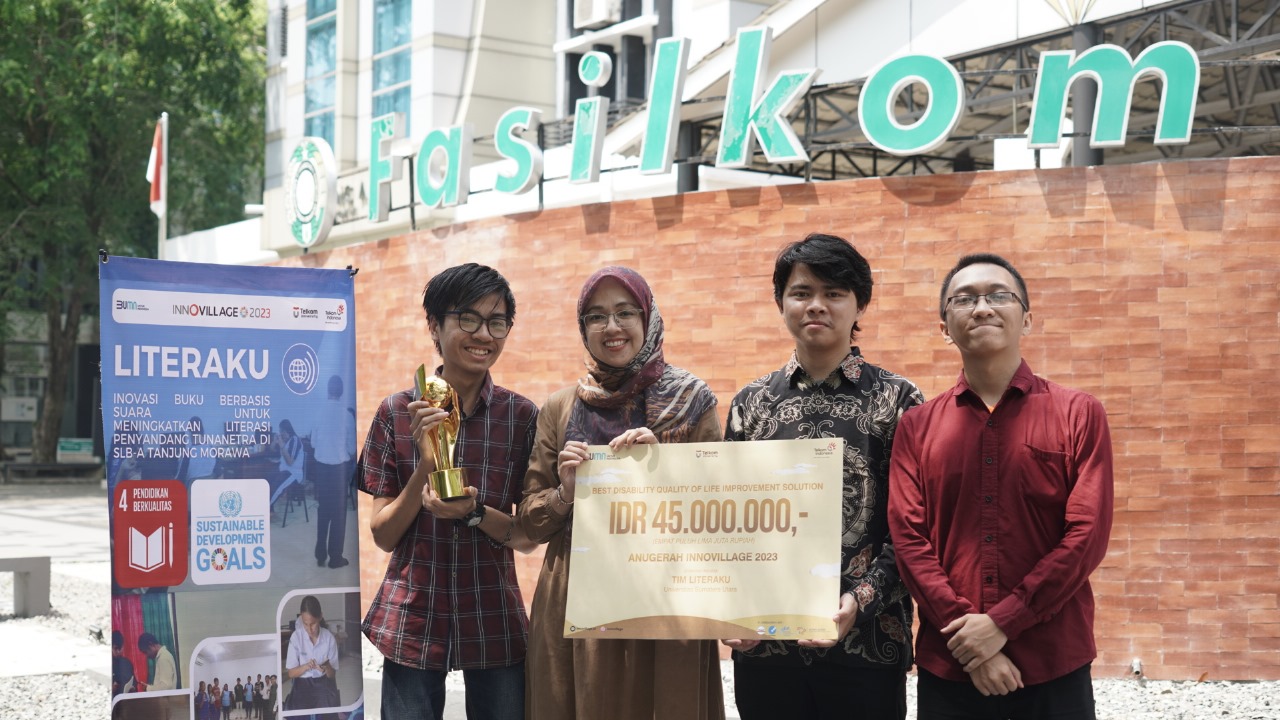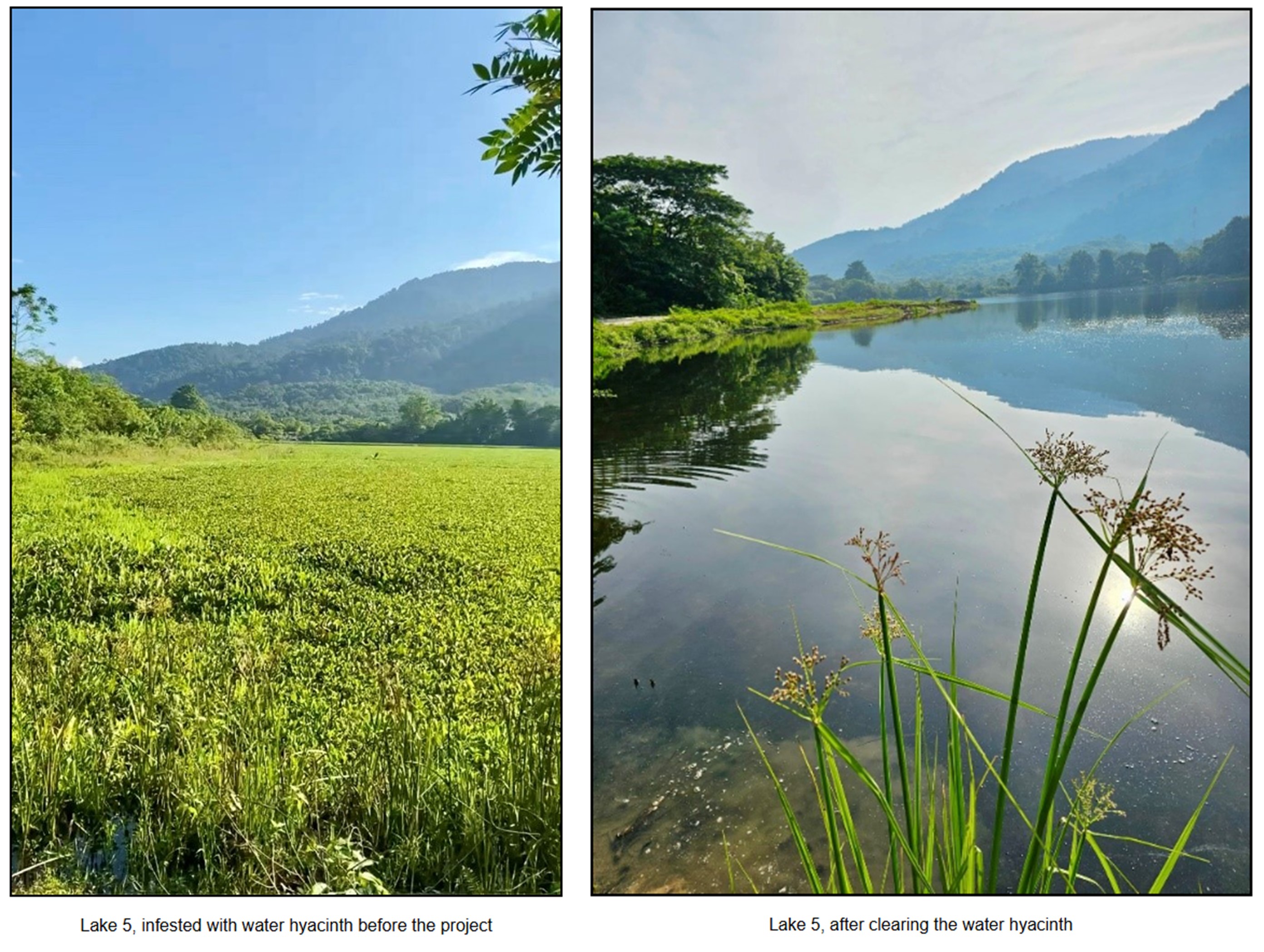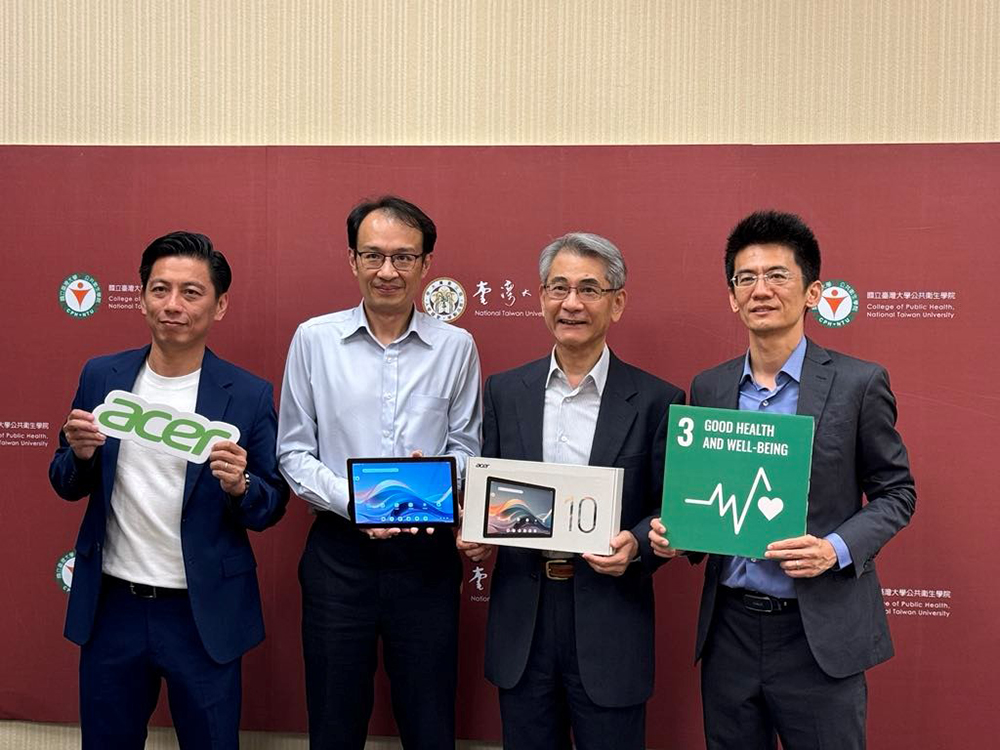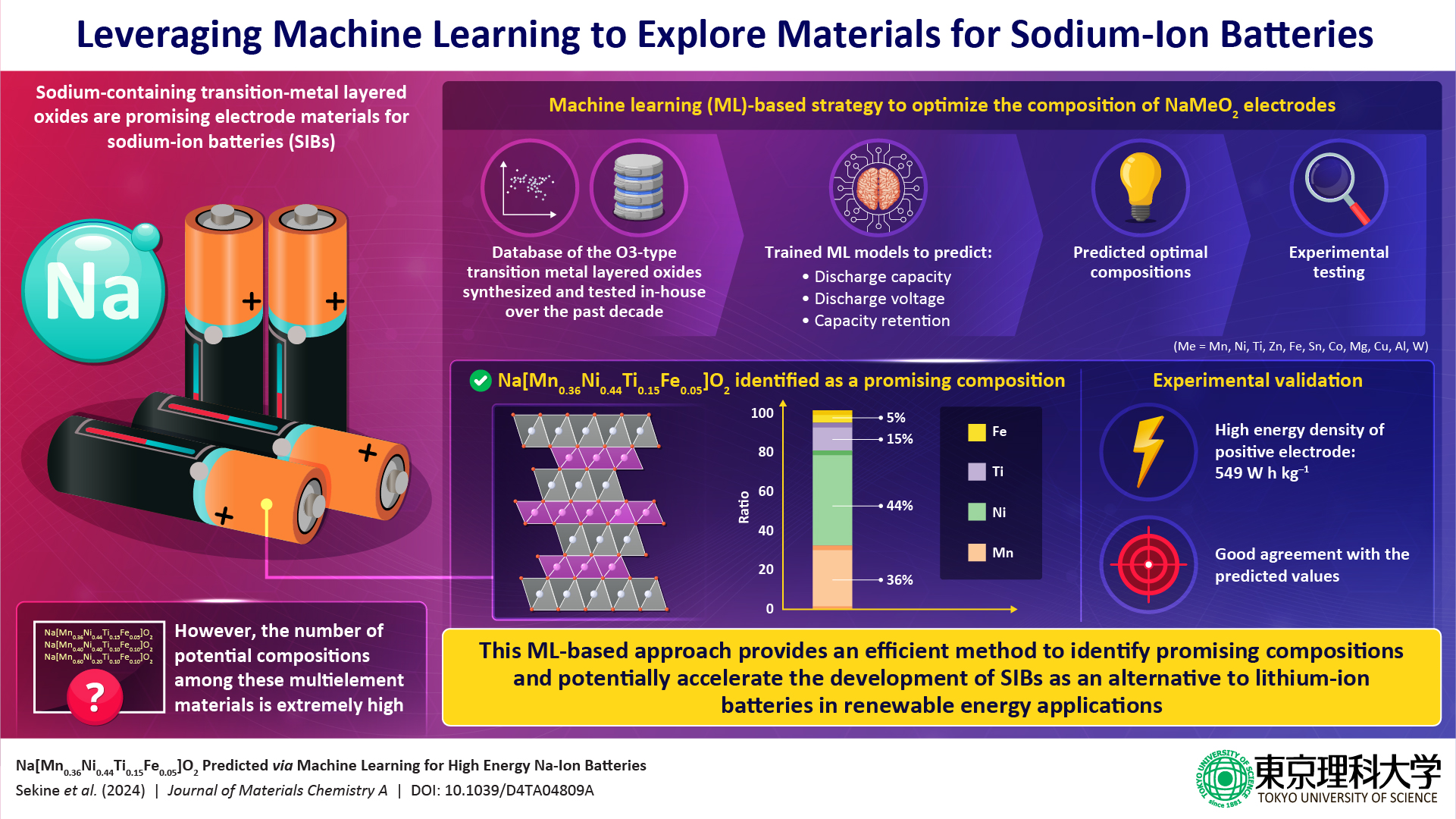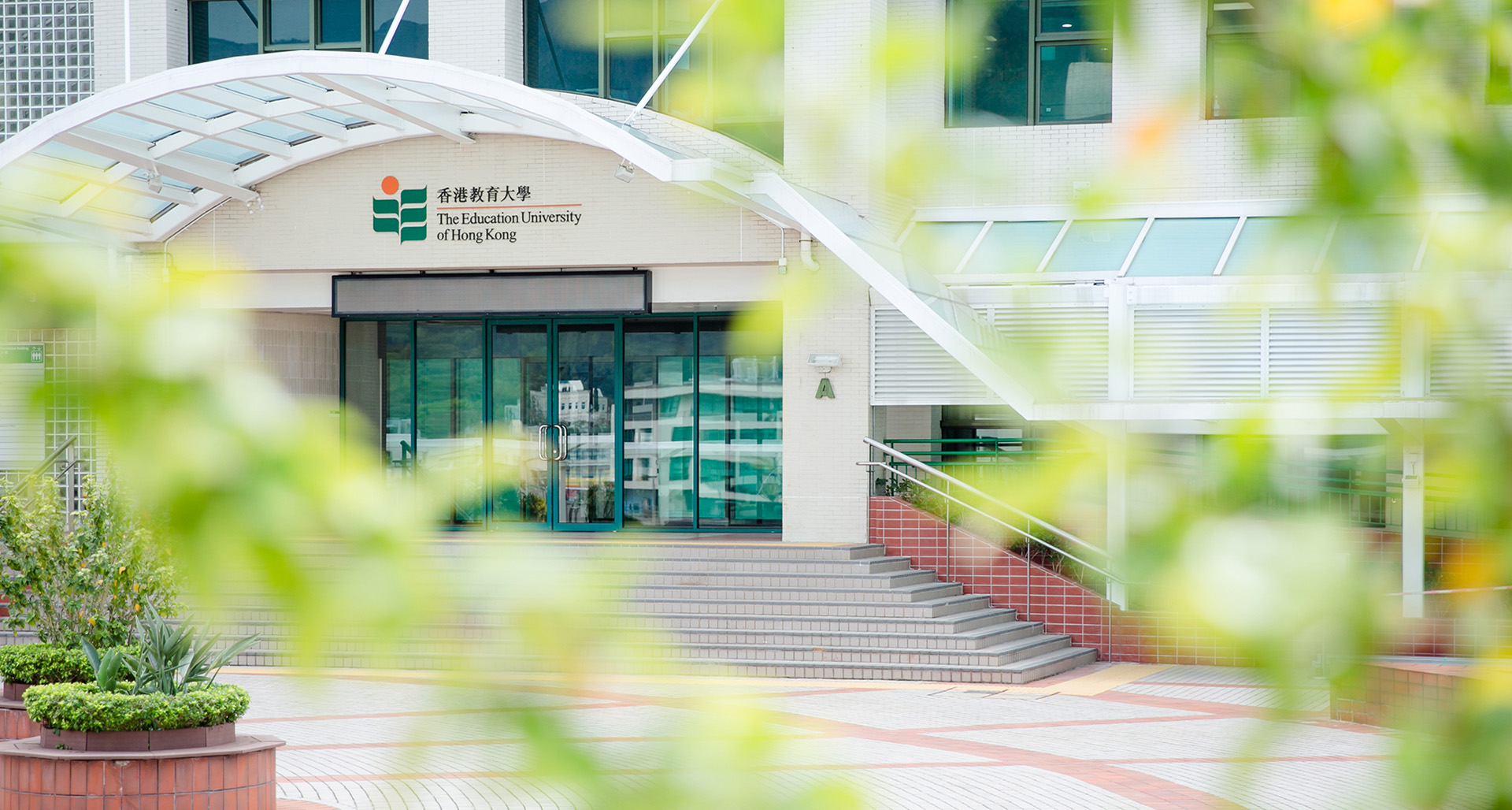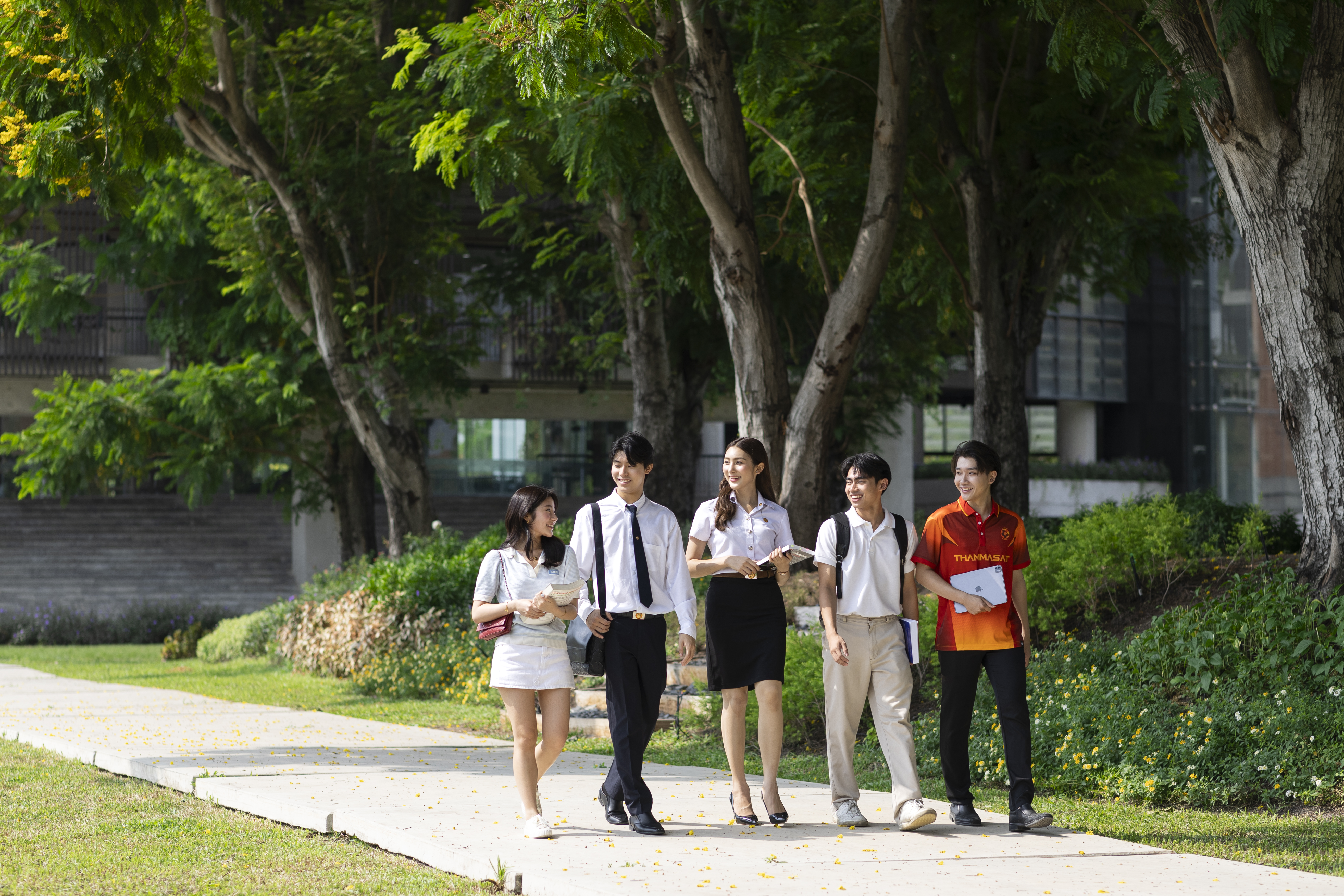Sodium-containing transition-metal layered oxides are promising electrode materials for sodium-ion batteries, a potential alternative to lithium-ion batteries. However, the vast number of possible elemental compositions for their electrodes makes identifying optimal compositions challenging. In a recent study, researchers from Japan leveraged extensive experimental data and machine learning to predict the optimal composition of sodium-ion batteries. Their approach could help reduce time and resources needed during exploratory research, speeding up the transition to renewable energy.
Energy storage is an essential part of many rapidly growing sustainable technologies, including electric cars and renewable energy generation. Although lithium-ion batteries (LIBs) dominate the current market, lithium is a relatively scarce and expensive element, creating both economic and supply stability challenges. Accordingly, researchers all over the world are experimenting with new types of batteries made from more abundant
materials.
Sodium-ion (Na-ion) batteries which use sodium ions as energy carriers present a promising alternative to LIBs owing to the abundance of sodium, their higher safety, and potentially lower cost. In particular, sodium-containing transition-metal layered oxides (NaMeO2) are powerful materials for the positive electrode of Na-ion batteries, offering
exceptional energy density and capacity. However, for multi-element layered oxides composed of several transition metals, the sheer number of possible combinations makes finding the optimal composition both complex and time-consuming. Even minor changes in the selection and proportion of transition metals can bring about marked changes in crystal morphology and affect battery performance.
Now, in a recent study, a research team led by Professor Shinichi Komaba, along with Ms. Saaya Sekine and Dr. Tomooki Hosaka from Tokyo University of Science (TUS), Japan, and from Chalmers University of Technology, and Professor Masanobu Nakayama from Nagoya Institute of Technology, leveraged machine learning to streamline the search for promising compositions. The findings of their study were received on September 05, 2024, with uncorrected proofs and published online in the Journal of Materials Chemistry A on November 06, 2024, after
proofreading. This research study is supported by funding agencies JST-CREST, DX-GEM, and JST-GteX.
The team sought to automate the screening of elemental compositions in various NaMeO2 O3-type materials. To this end, they first assembled a database of 100 samples from O3-type sodium half-cells with 68 different compositions, gathered over the course of 11 years by Komaba’s group. “The database included the composition of NaMeO2 samples, with Me being a transition metal like Mn, Ti, Zn, Ni, Zn, Fe, and Sn, among others, as well as the upper and lower voltage limits of charge-discharge tests, initial discharge capacity, average discharge voltage, and capacity retention after 20 cycles,” explains Komaba.
The researchers then used this database to train a model incorporating several machine learning algorithms, as well as Bayesian optimization, to perform an efficient search. The goal of this model was to learn how properties like operating voltage, capacity retention (lifetime), and energy density are related to the composition of NaMeO2 layered
oxides, and to predict the optimal ratio of elements needed to achieve a desired balance between these properties.
After analyzing the results, the team found that the model predicted Na[Mn0.36Ni0.44Ti0.15Fe0.05]O2 to be the optimal composition to achieve the highest energy density, which is one of the most important characteristics in electrode materials. To verify the accuracy of the model’s prediction, they synthesized samples with this composition and assembled standard coin cells to run charge-discharge tests.
The measured values were, for the most part, consistent with the predicted ones, highlighting the accuracy of the model and its potential for exploring new battery materials. “The approach established in our study offers an efficient method to identify promising compositions from a wide range of potential candidates,” remarks Komaba, “Moreover, this methodology is extendable to more complex material systems, such as quinary transition metal oxides.”
Using machine learning to identify promising research avenues is a growing trend in materials science, as it can help scientists greatly reduce the number of experiments and time required for screening new materials. The strategy presented in this study could accelerate the development of next-generation batteries, which have the potential to
revolutionize energy storage technologies across the board. This includes not only renewable energy generation and electric or hybrid vehicles but also consumer electronics such as laptops and smartphones. Moreover, successful applications of machine learning in battery research can serve as a template for material development in other fields, potentially accelerating innovation across the broader materials science landscape.
“The number of experiments can be reduced by using machine learning, which brings us one step closer to speeding up and lowering the cost of materials development. Furthermore, as the performance of electrode materials for Na-ion batteries continues to improve, it is expected that high-capacity and long-life batteries will become available at lower cost in the future,” concludes Komaba.




